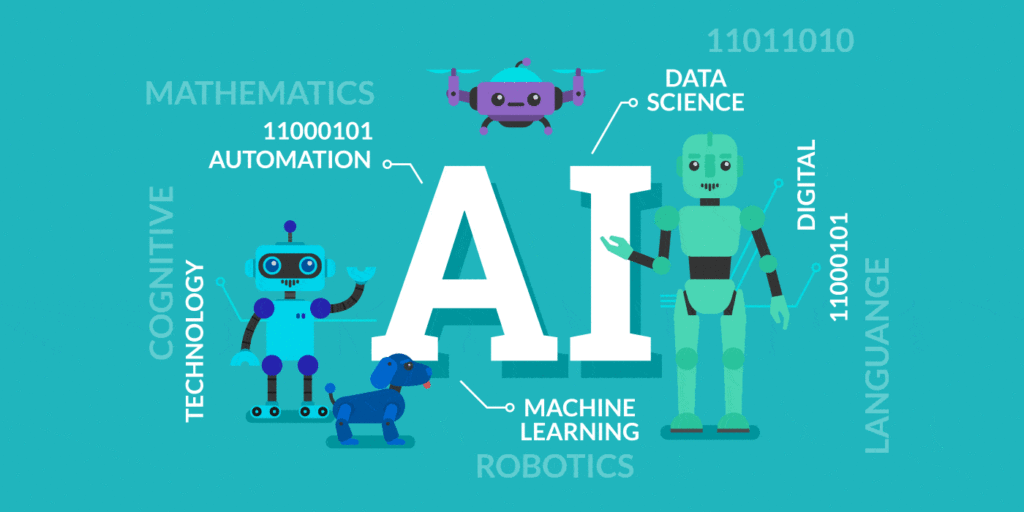
Business procedures govern organizations, and some of these business procedures are apparent and explicit, such as those used by customers to purchase products or by businesses to obtain suppliers. Others, such as those concerned with people management or IT service administration, are more subtle.
Many of these corporate processes got encoded into multiple networks and enterprise software packages, which can aid in the progression of these tasks. While earlier paper-based protocols governed corporate operations, technological advancements are now helping many businesses with workflow automation.
How does AI help revolutionize workplace automation?
Mentioned here are some top ways through which Artificial Intelligence (AI) is revolutionizing workplace automation.
1. Helps compliance and improving regulatory workflow:
AI process automation solutions are being utilized by businesses to increase compliance with ever-changing regulatory and legal requirements.
Previously, enterprises were required to identify all of their storage arrays that dealt with regulatory information, such as medical data in healthcare systems, financial information for accounts and investment regulations, customer information, and personally identifiable information.
In addition, many businesses have adopted Machine Learning (ML) to classify and identify data to meet patterns. Also, for better compliance, it is crucial to apply the relevant compliance-oriented information to the data or operations workflow to ensure correct management. One of the advantages of self-governing intelligent systems is their capacity to monitor systems and data constantly.
2. Keeping data clean, verified and complete:
AI process automation software and services by Domaincer are also getting used by businesses to keep data clean, conduct data integration duties, examine mismatched data and supplement missing details.
Companies have historically employed robotic process automation (RPA) tools to address the issue of swivel chair connectivity; that is, employees manually keying in or extracting information from several systems to complete a task.
Also, to complete their jobs, many clients, workers, patients, constituents, or supplier-facing individuals must enter or obtain information from several systems.
While companies made some attempts to connect these systems via APIs or integration middleware, these systems are frequently developed or created by third parties and, as a result, will not communicate with one another. RPA tools arose as a means of rapidly and cost-effectively automating the tasks of numerous system data entry or retrieval.
3. Improving customer service operations:
Earlier business procedures were pretty rigid and did not address the needs of an organization’s customers and multiple stakeholders in a fast or even reasonable fashion.
However, with intelligent AI-enabled process management systems, enterprises can readily connect with customers, clients, suppliers, and workers by easing the connection and interaction procedures between numerous online systems.
4. Moving from rigid automation to smart autonomous process:
Employees worry about unnecessarily complicated and rigid procurement methods when completing duties such as establishing new vendors or quickly managing procurement requests.
Business partners frequently argue that vendor technologies are too inflexible to handle the changing business demands constantly. This is why more and more enterprises are now moving towards using intelligent autonomous processes.
Automation systems and Artificial intelligence (AI) help lead the business world towards exceptional operational effectiveness, safety, and long-term prosperity. Also, when it comes to workflow administration, these technologies can prove valuable in reducing risks and boosting productivity and production.

